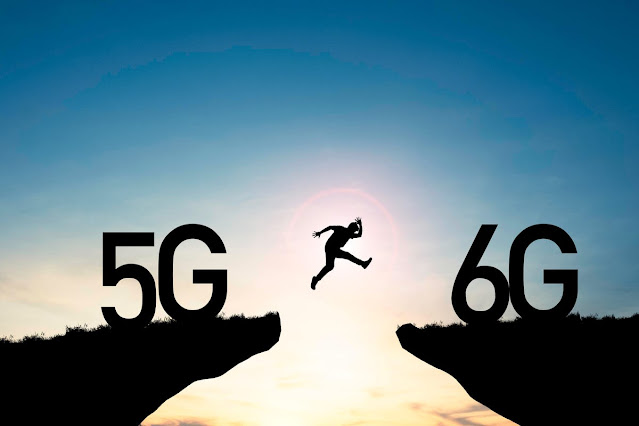5G networks are being launched around the world, but at the same time, some are working on the next step - namely the factors that will push the development of the sixth generation of mobile Internet networks and its differences from 5G.
According to the MIT Technology Review, some of the answers to these questions are provided by the work of Razvan Andrei Stoica and Giuseppe Ambrose at Jacobs University Bremen in Germany. The two researchers have "mapped" the limitations of 5G and the factors that they believe will push the growth of 6G. They conclude that the key to this will be the use of artificial intelligence, which will play a crucial role in shaping mobile technology, and that will be the driving force behind a whole new generation of machine intelligence applications.
5G is, in every way, a very important step compared to 4G: The first 5G networks already provide download speeds of up to 600 megabits / second and can catch even higher, while 4G reaches 28 Mbits / s. In this respect, 5G seems capable of replacing even many wired connections.
But beyond that, there are other benefits: 5G stations, for example, are designed to handle up to a million connections, compared to 4,000 for 4G. This would dramatically change the data in big events such as sporting events, etc. while opening new horizons on the Internet of Things. There is also latency - the time it takes for signals to travel through the network. 5G is designed to have a millisecond latency, compared to 4G 50+. Also, all of these features will require less power (according to some estimates, 5G devices should have 10 times the battery life of 4G devices).
The question that arises is obvious: How could 6G be made even better than this? Obviously, it could provide even higher download speeds - it is estimated that they could approach 1 terabit per second. However, beyond that, what else could he give? According to Stoikas and Ambros, what it will bring will be the possibility of very fast and highly volatile large-scale synergies/collaborations between "smart" actors, which will solve complex problems in real-time - such as, for example, the coordination of autonomous vehicles moving in a big city. This would require networking between cars on-site - for example when cars are approaching an intersection - and then dismantling them in a very short time. At the same time, they will belong to wider networks, calculating routes, etc.
Interactions on a huge scale will be necessary for the smooth operation of huge, complex systems, beyond the capabilities of 5G. And this is just one area: Others that would benefit greatly from 6G are expected to be network optimization, financial markets, health and nowcasting - the ability to anticipate and react to events that are happening - to unprecedented degrees.
Artificial intelligence systems/actors will inevitably play a very important role in the not-too-distant future: As the two researchers point out, “to harness the real power of such systems, collaborative artificial intelligence is key. And by the nature of 21st-century society, it is clear that this cooperation can only be achieved through wireless communications. "

